I recently returned from a trip to the Canadian province of Newfoundland, and I want to share some photographs that I’m quite excited about. When I paint, I usually do project-based work or I work in a series. I typically do the same when I photograph…but not this trip. This time, I took a different approach to making photographs. This article is about my experience and how it all turned out (34 photographs).
I started on the west coast of the province and worked my way towards the east over a period of about two weeks. The landscape is impressive, varied and rugged; the quality of light was spectacular at times, often with long shadows creating a three dimensional quality and making colours stand out. At this time, I would like to proudly state that I sustained no personal injuries when taking any of these photographs, did not have any encounters with large wildlife and, at no time during the trip, did I want to come home early…even when it was cold, dark, windy and wet.
My Approach
I took various approaches and employed a variety of techniques in the making of these photographs. My intention was to create what I would consider to be only one defining image representative of my experience at each location I visited. I wanted to create photographs that truly portrayed the feel and experience of each place. Working in this way was quite challenging:
– I took fewer shots, walking away from many and not taking the shot (a hard thing to do).
– I carefully considered just what qualities of each scene I wanted to convey in the finished photograph to determine my approach and inform technical considerations for taking the shot.
– I took my time composing and finding an optimum vantage point from which to photograph.
– I often waited for the light to change or for a temporary break in weather conditions to allow me to take my shot.
– I photographed under a variety of light and weather conditions and at different times of day.
I must admit that I was challenged with just which images to include in the final selection and ended up including more than one of a location in some cases. There are so many more images that could have been included.
About the Photographs
Some reflect ethereal, poetic qualities, some a sense of space/grandeur, while others are more dramatic and make use of texture and colour; some have a sense of movement or a strong focus on light.
This collection of photos is not intended to be a cohesive, project-based portfolio of images with a consistent manner or style. Though the common elements uniting this group of photographs is that they were all taken over a two-week period, in Newfoundland and by me, I treated the making of each separately wanting to create strong individual images. Some I prefer more than others (personal aesthetic/preference) though I stand behind each image and my approach for each.
The Photographs
These first photos were taken on the west coast looking west out over the Gulf of Saint Lawrence. Here, I saw some of the most spectacular sunsets and some of the most dramatic light of the entire trip.

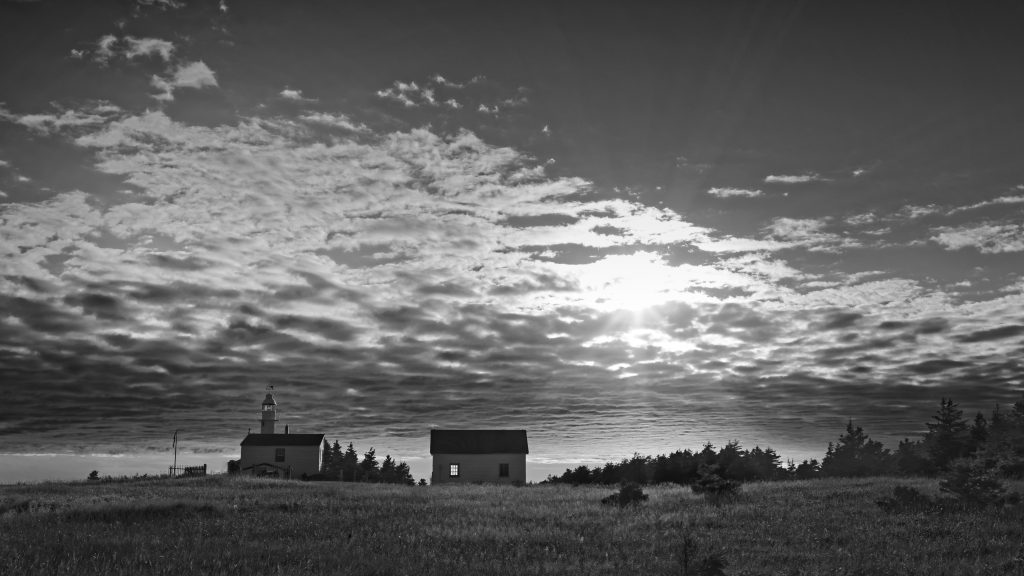


I spent some time exploring Gros Morne National Park. Glaciers streamed through the Western Brook river valley eroding and carving several deep gorges out of the earth’s mantle transforming the smaller V-shaped valley into a large U-shaped trough. The immense weight of the glaciers compressed the river bed to below (current day) sea level. Western Brook Pond was a deep saltwater bay (a fjord) after the last glaciation. It became a lake when sea level fell.
I was fortunate to have had ideal light for photography (painters can easily accommodate for poor lighting; photographers have a tougher life). The light was quickly changing (moving cloud cover) and was absolutely spectacular at times. I had to monitor the light on my scene and the cloud cover in the sky to predict just when to take each photo. The landscape varied from a flat bog to hills to giant cliff faces and towering waterfalls.
The glorious light and the sheer scale of this landscape were truly awe inspiring. It took me a little time to decide on my approach to making these photographs so that I could best capture the drama of it all and convey the grandeur and feel of this spectacular landscape. I ended up making both colour and black & white photos with tight framing in many cases.
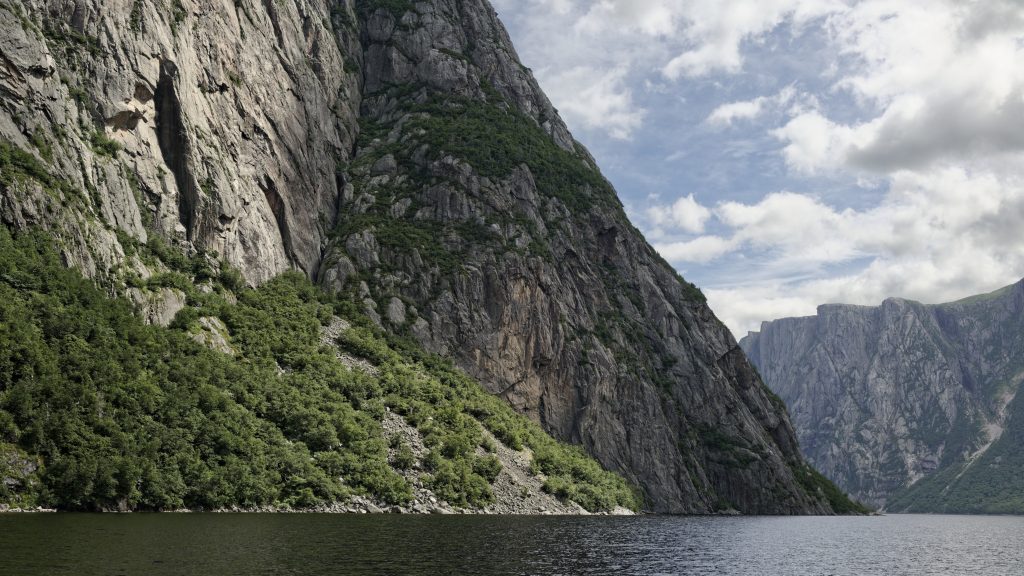


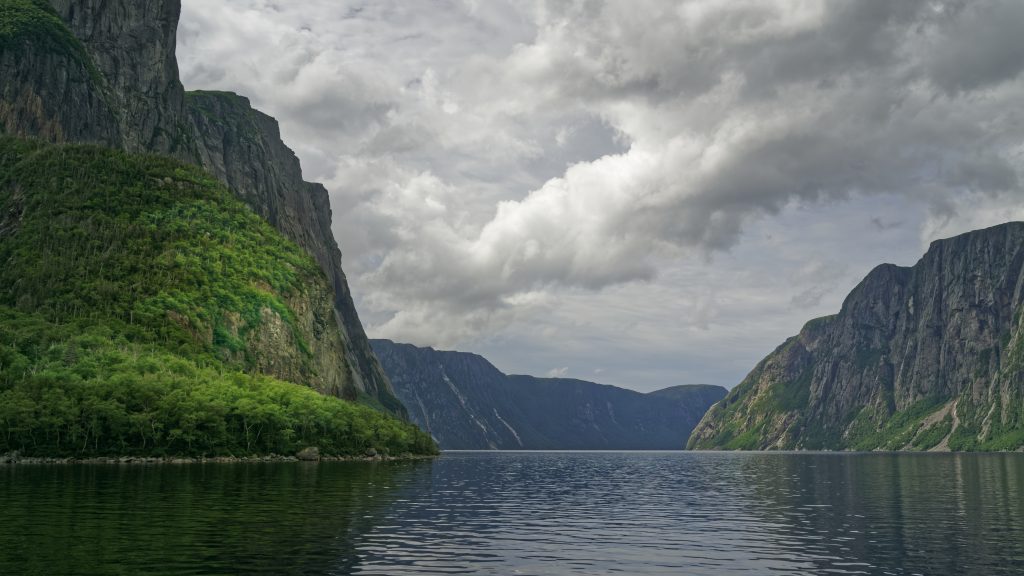

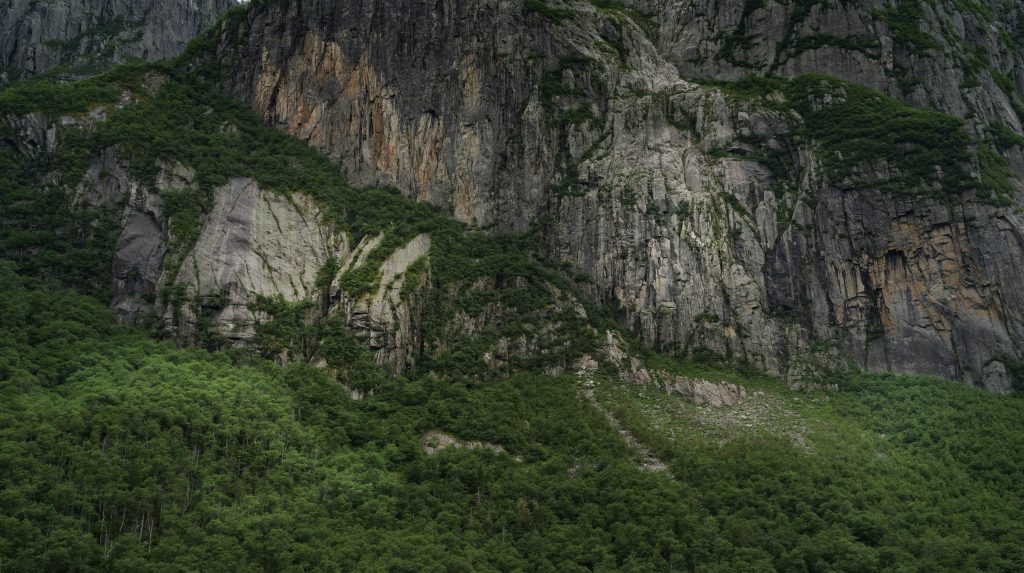

 I then headed to the northernmost point of Newfoundland: Cape Norman. Along the way, I photographed some interesting shoreline rock formations:
I then headed to the northernmost point of Newfoundland: Cape Norman. Along the way, I photographed some interesting shoreline rock formations:
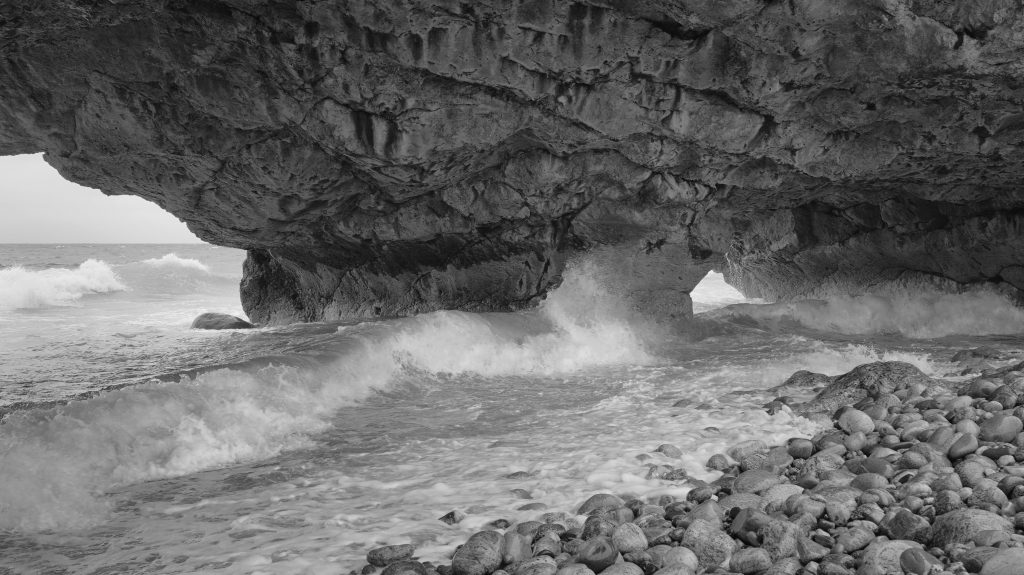


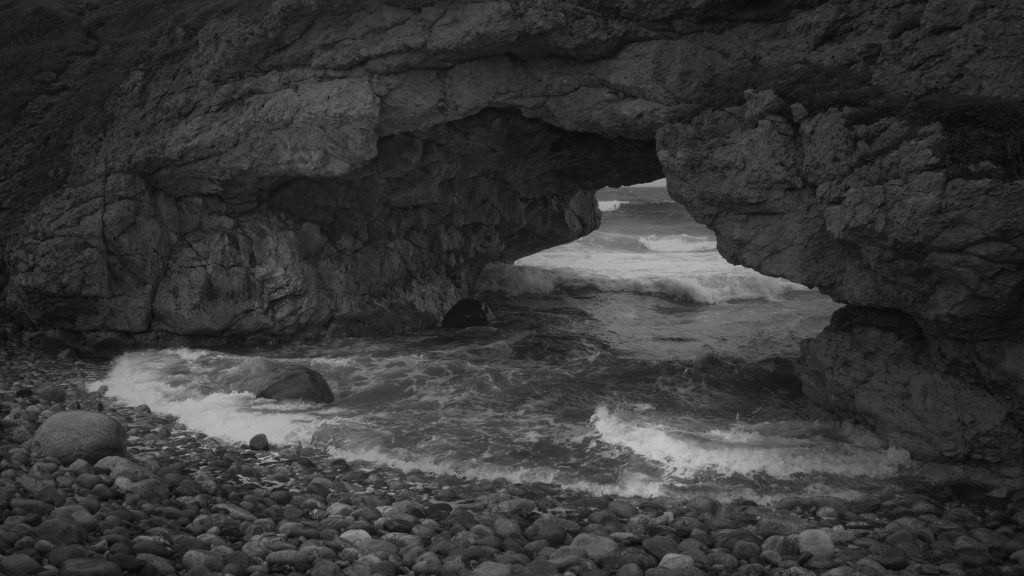 When I arrived at Cape Norman, I encountered a dramatically barren, limestone landscape, a rugged, desolate and isolated place where I had an uneasy feeling of being alone and just a little too far away from civilization for comfort given the terrain and the exposure to the elements…cloudy, dark, windy. The lighthouse at Cape Norman is quite a distance from the town and is atop a high cliff overlooking the Strait of Belle Isle (most northern part of the Gulf of St. Lawrence). There are no trees here “where the caribou roam” (Newfoundland is in the Canadian east; the song is about the American west). The roads that provide access to this area were (at times) single-car width, pot-holed piles of crushed rock to (slowly) drive over avoiding the deeper and larger potholes if the road width allowed, and definitely avoid getting too close to either edge. There were areas that traversed significant gullies (eight or nine metres deep) where the road was only about three meters wide with no guard rails! No three point turns here if you needed to change direction! What makes these photographs even more interesting, for me, is the weather conditions under which they were taken and the spectacular light. Some of them just seem to glow. I also experienced some nice sunny days in this part of Newfoundland.
When I arrived at Cape Norman, I encountered a dramatically barren, limestone landscape, a rugged, desolate and isolated place where I had an uneasy feeling of being alone and just a little too far away from civilization for comfort given the terrain and the exposure to the elements…cloudy, dark, windy. The lighthouse at Cape Norman is quite a distance from the town and is atop a high cliff overlooking the Strait of Belle Isle (most northern part of the Gulf of St. Lawrence). There are no trees here “where the caribou roam” (Newfoundland is in the Canadian east; the song is about the American west). The roads that provide access to this area were (at times) single-car width, pot-holed piles of crushed rock to (slowly) drive over avoiding the deeper and larger potholes if the road width allowed, and definitely avoid getting too close to either edge. There were areas that traversed significant gullies (eight or nine metres deep) where the road was only about three meters wide with no guard rails! No three point turns here if you needed to change direction! What makes these photographs even more interesting, for me, is the weather conditions under which they were taken and the spectacular light. Some of them just seem to glow. I also experienced some nice sunny days in this part of Newfoundland.
** If you are enjoying this article, subscribe to receive information about my work and creative process, and also get access to my free ebook about becoming more creative.


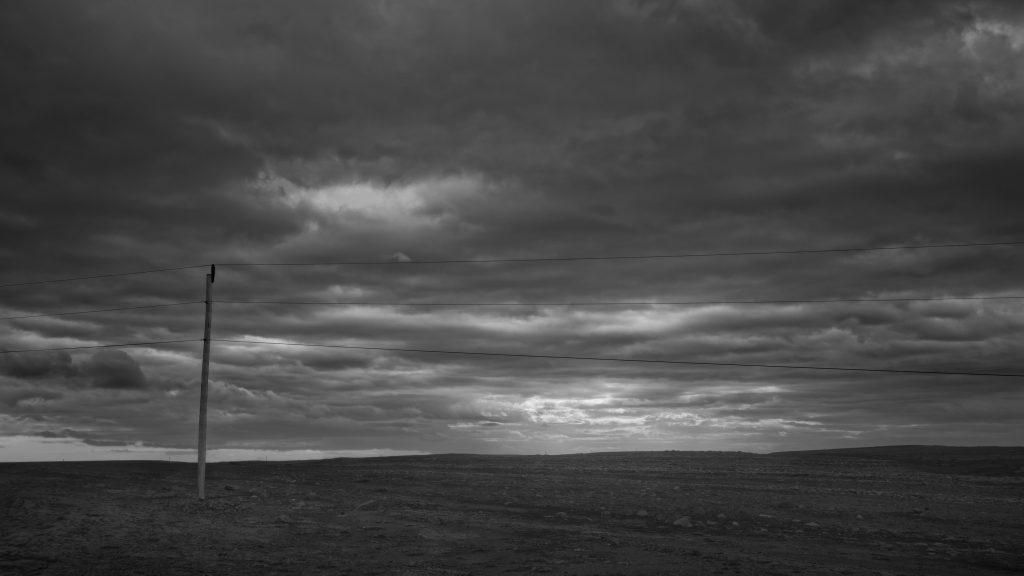
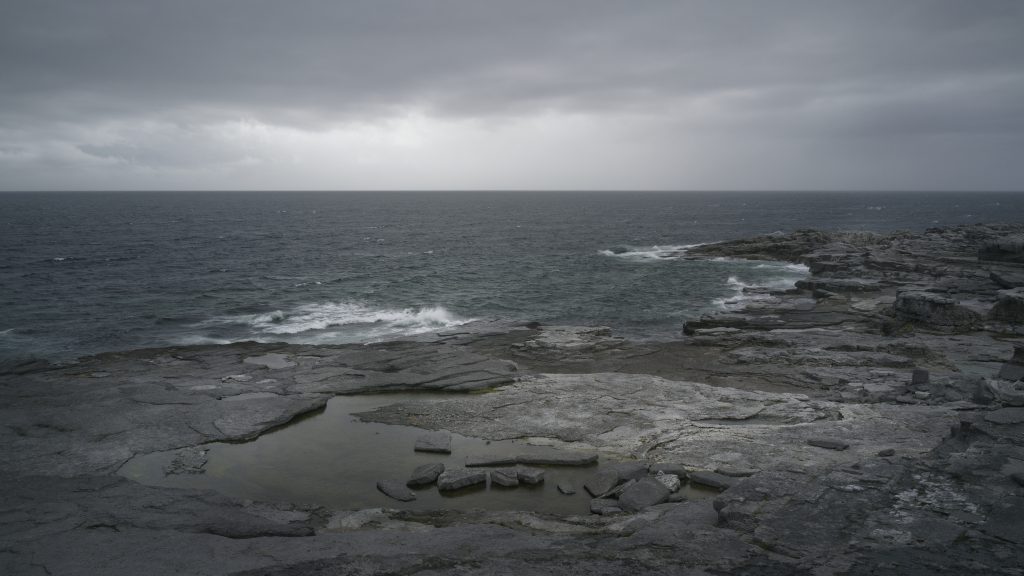
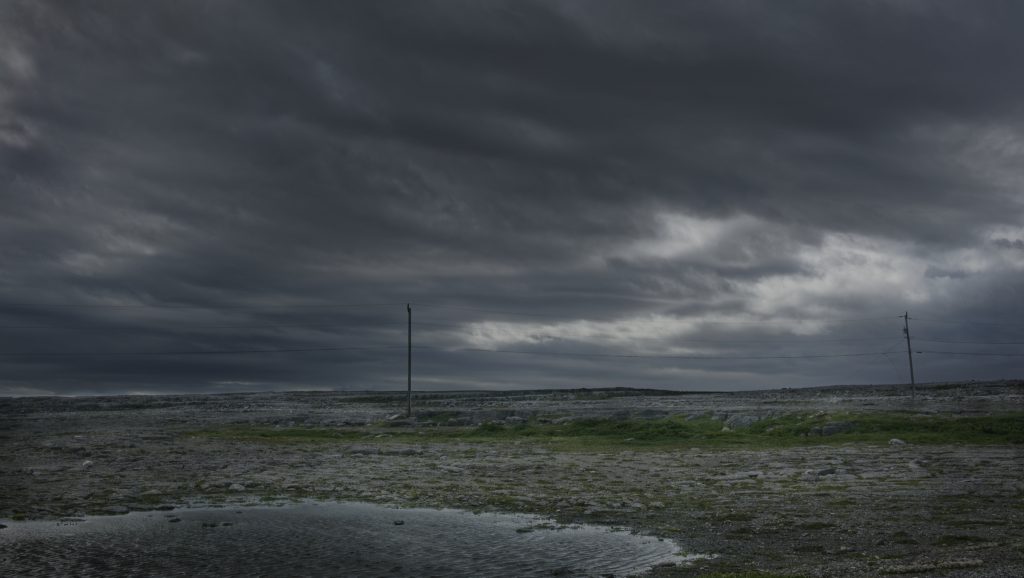

 After visiting the west and north, I made my way eastward and up towards Twillingate.
After visiting the west and north, I made my way eastward and up towards Twillingate.
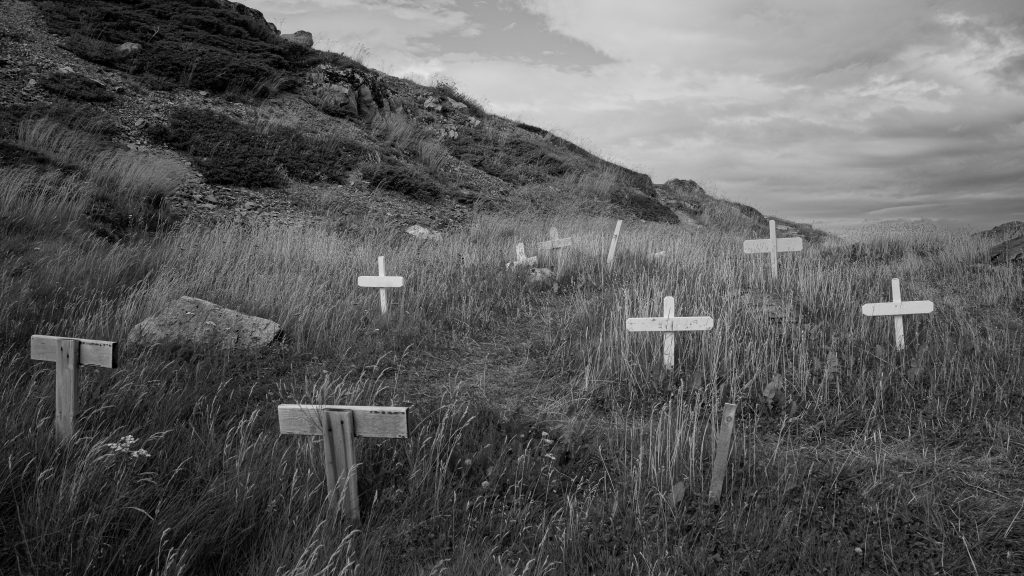

 On a windy and rainy day, I took a ferry to the Change Islands, a remote and isolated small community.
On a windy and rainy day, I took a ferry to the Change Islands, a remote and isolated small community.

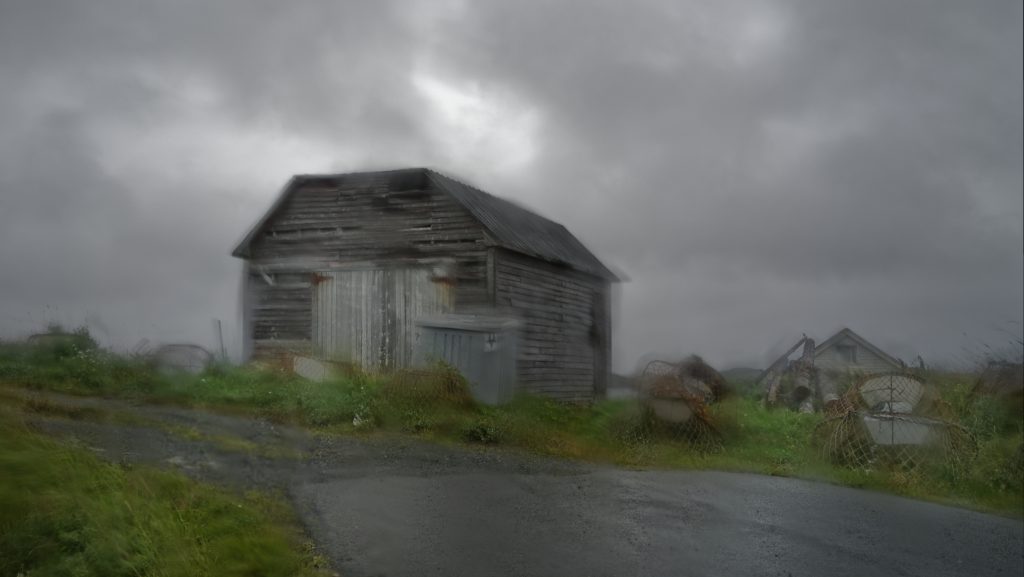
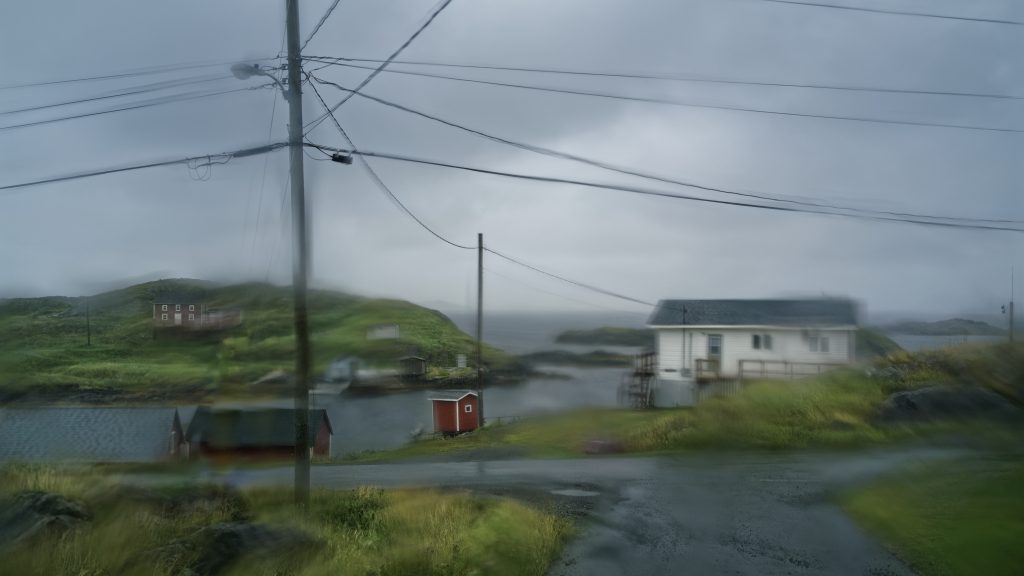

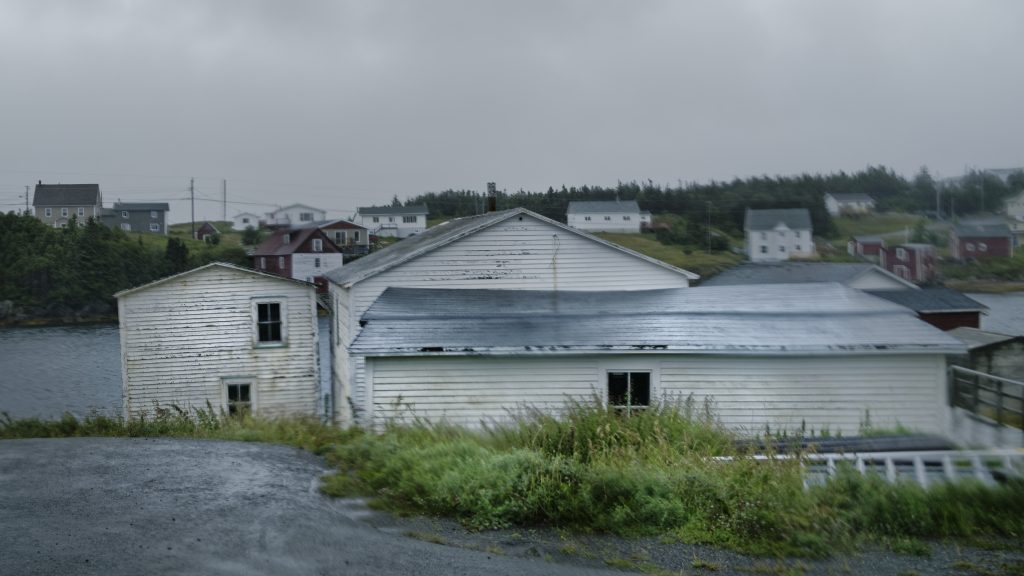 And my final stop was the St. John’s area.
And my final stop was the St. John’s area.


Final Thoughts
I am quite pleased with how photographs from this trip turned out. Each was challenging to some degree and, when making editing decisions, I focussed on the mood and my intent for every work endeavouring to stick to my original plan for each photograph. Overall, working with the imposed constraint of making a single representative image of each location was a good exercise for me. This is not typically how photographers work; it is, however, how artists work…methodically.
If you found this article interesting, subscribe to receive information about my work and creative process, and also get access to my free ebook about becoming more creative.



